- No products in the cart.
Spiolto respimat solution Inh. 2.5mkg + 2.5mkg / 4ml dose inhaler cartridge 60doz
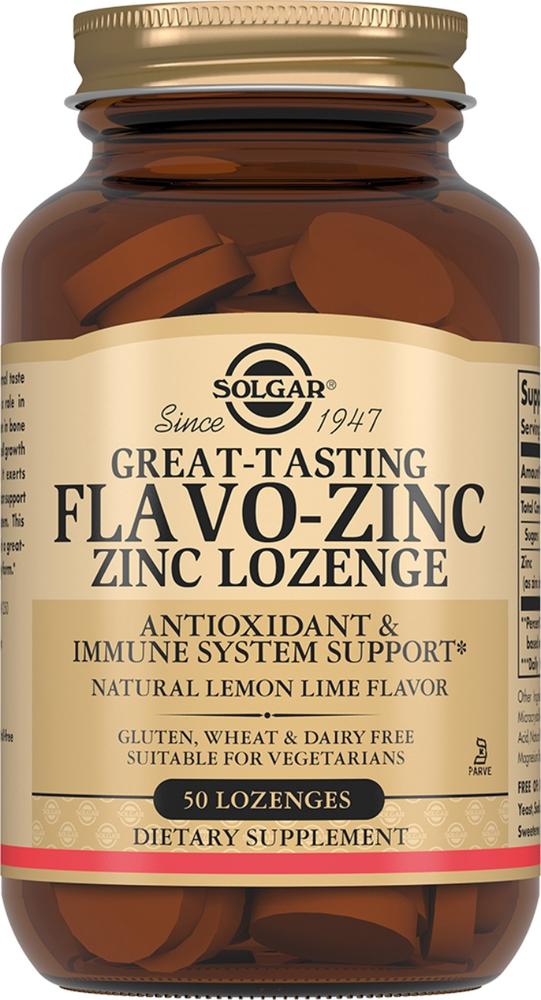
Solgar lozenges 50 pcs Flavio zinc
$14.54
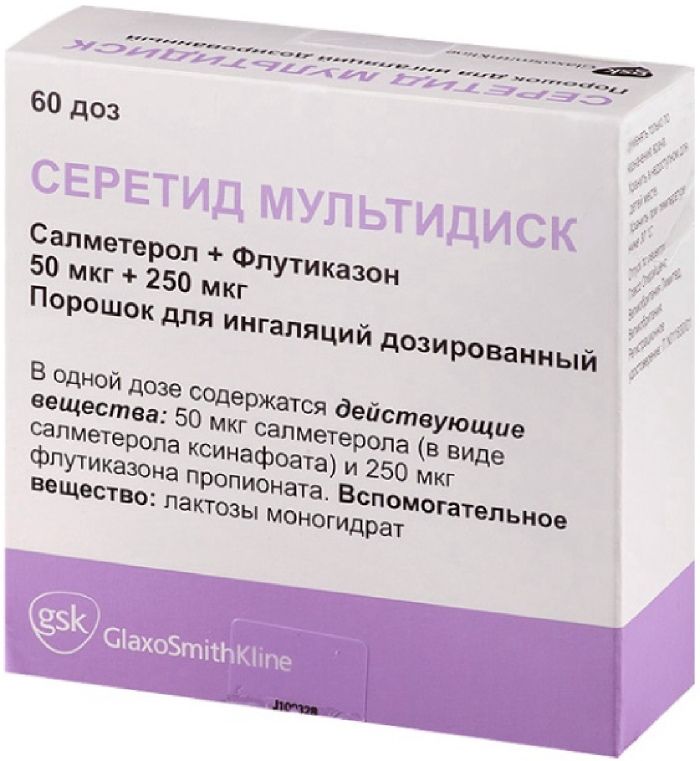
Seretide multidisk powder ing.dozir. 50mkg / 250mkg 60doz with inhaler
$33.31
$73.40
Spiolto respimat solution Inh. 2.5mkg + 2.5mkg / 4ml dose inhaler cartridge 60doz
SKU: 1791592123 Categories: Bronchial asthma, COPD, Medicaments Tags: Behringer, olodaterol tiotropium bromide +
Description
Composition
Active substance:
1 dose contains olodaterol – 0.0025 mg (respectively olodaterola hydrochloride 0.002736 mg) and 0.0025 mg tiotropium (or tiotropium bromide monohydrate 0.003124 mg).
Excipients:
Benzalkonium Chloride 0.002200 mg (0.001100 respectively benzalkonium chloride mg), disodium edetate 0.001100 mg Hydrochloric acid 1M to pH 2.9, purified water up to 11.05 mg.
Description:
Transparent, colorless or almost colorless solution.
Product form:
Solution for inhalation dose of 2.5 .mu.g + 2.5 pg / dose inhaler Respimat® complete with a capacity of 4.5 ml cartridge, placed in the aluminum cylinder. The inhaler and the cartridge cylinder with instructions for use in a cardboard pack.
Contraindications
Preparation SPIOLTO RESPIMAT contraindicated in patients with known hypersensitivity to olodaterolu, tiotropium bromide, or to any component of the formulation. SPIOLTO RESPIMAT drug is contraindicated in patients who have previously observed hypersensitivity to atropine or its derivatives, for example ipratropium and oxitropium. The drug SPIOLTO RESPIMAT is not recommended for use in children under 18 years (due to lack of efficacy and safety data).
Carefully
In patients with acute glaucoma, prostatic hyperplasia and bladder neck obstruction. Patients with cerdechno-vascular diseases, including Coronary insufficiency, cardiac arrhythmias, lengthening the interval QT, hypertrophic obstructive cardiomyopathy, hypertension, hyperthyroidism, convulsions. In patients with a history of observed diseases such as myocardial infarction, or hospitalization for heart failure (within the previous year), life-threatening arrhythmia, paroxysmal tachycardia with a heart rate> 100 patients with unusual reactions to sympathomimetic amines.
Dosage
2.5 2.5
Indications
Preparation SPIOLTO RESPIMAT taken once a day, is indicated for the long-term maintenance therapy to patients with chronic obstructive pulmonary disease (COPD), chronic bronchitis, emphysema, for reducing airway obstruction and concomitant dyspnea; decrease the frequency of exacerbations; improving exercise tolerance and quality of life.
Interaction with other drugs
Although specific studies of drug interactions was conducted, tiotropium bromide used in conjunction with other medications for the treatment of COPD, including methylxanthines, steroids for oral and inhalation application, the clinical signs of drug-drug interactions were noted. Long-term joint use of tiotropium bromide with other m-anticholinergic drugs has not been studied. Therefore, long-term drug combined use with other SPIOLTO RESPIMAT m-anticholinergic drugs are not recommended. The simultaneous use of other adrenergic drugs may enhance unwanted drug effects SPIOLTO RESPIMAT. The simultaneous use of xanthine derivatives, steroids or diuretics (not belonging to the group of potassium sparing) can enhance the effect of hypokalemic agonists. Beta-blockers may weaken the effect of olodaterola or counteract this effect. In this case, use is preferably beta1-adrenoceptor antagonists, although they should be used with caution. Monoamine oxidase inhibitors, tricyclic antidepressants or other drugs that can prolong the interval QTc, may potentiate SPIOLTO RESPIMATA on the cardiovascular system. Joint application with ketoconazole olodaterola led to an increase in systemic exposure olodaterola 1.7 times. However, this had no effect on safety. dose modification is required.
Overdose
Symptoms: overdose olodaterola can cause pronounced effects typical of beta2-agonists, such as myocardial ischemia, increase or reduction of blood pressure, tachycardia, arrhythmia, palpitations, dizziness, nervousness, insomnia, restlessness, headache, tremor, dry mouth, muscle spasm, nausea, fatigue, malaise, hypokalemia, hyperglycemia and metabolic acidosis. When high doses of tiotropium bromide are possible manifestations m-anticholinergic action. After 14-day inhalation use tiotropium bromide at doses up to 40 mg, in healthy persons were no significant adverse events except feeling of dryness of mucous membranes of the nose and the oropharynx, which depended on the dose rate values (10 – 40 micrograms per day). The only exception was a distinct decrease salivation starting 7 days of the drug.
Treatment: the drug SPIOLTO RESPIMAT should be discontinued. Displaying supportive and symptomatic treatment. In severe cases, hospitalization is necessary. It may recommend the use of beta1-adrenergic blockers, but only under extreme caution since the use of these drugs can cause bronchospasm.
pharmachologic effect
Pharmacological group:
Bronchodilator combined (long-acting beta2- adrenoagonists + m-holinoblokator).
Pharmacodynamics:
Olodaterol – beta2-agonists and long-acting tiotropium bromide – m-complementary holinoblokator provide bronchodilation resulting from different active substances with different mechanism of action and the target localization of receptors in the lung. Olodaterol has high affinity and selectivity for beta2 adrenoceptors. Activation beta2- adrenergic receptors in the airways leads to stimulation of intracellular adenylate cyclase, which is involved in the synthesis of 3,5-cyclic adenosine monophosphate (cAMP). Increased cAMP levels cause bronchodilation, relaxing airways smooth muscle cells. Olodaterol is a selective beta2-adrenoceptor agonist prolonged action with a rapid onset of action and long (at least 24 h) retaining effect. beta2-adrenergic receptors are present not only in smooth muscle cells, but also in many other cell types, including epithelial and endothelial cells of the lungs and heart. The exact function of the heart in beta 2 receptors is not fully understood, but their presence indicates the possibility of effects on the heart, even highly selective beta2-adrenergic agonists. Tiotropium bromide – antagonist is long acting muscarinic receptors in clinical practice often called m-anticholinergic agent. The preparation has the same affinity for M1 – M5 muscarinic receptor subtypes. The result of the inhibition of M3- receptors in the airways is relaxation of smooth muscles. Bronchodilatory effect depends on the dose and maintained for at least 24 hours. A significant duration of action is probably due to the very slow dissociation of the drug from the M3-receptor; poludissotsiatsii period significantly longer than that of ipratropium bromide. Inhalation administration method, tiotropium bromide as N- quaternary ammonium derivative, exerts a local selective effect (on the bronchi), wherein in therapeutic doses without causing systemic m-anticholinergic side effects. Dissociation from M2-receptors is faster than from M3-receptors, indicating that the prevalence of selectivity for M3 receptor subtype over the M2-receptors. High affinity for the receptors and slow dissociation of the drug from binding with receptors cause a pronounced and lasting bronchodilatory effect in patients with chronic obstructive pulmonary disease (COPD). Bronchodilation, developing after inhalation of tiotropium bromide is due, primarily, local (the respiratory tract) and not systemic action. During clinical studies it has established that the preparation SPIOLTO RESPIMAT, applied once daily in the morning resulted in a rapid (within 5 minutes after the first dose), improvement in lung function. The effect of the drug SPIOLTO RESPIMAT superior effect titropiya bromide at 5 micrograms and olodaterola at a dose of 5 ug, applied as monotherapy (forced expiratory volume in the first second (FEV1) was increased when taking SPIOLTO RESPIMAT at 0,137 x when receiving tiotropium bromide at 0.058 l; when receiving olodaterola – 0.125 l). In applying the drug SPIOLTO RESPIMAT compared to the use of tiotropium bromide and olodaterola as monotherapy achieved a significant bronchodilator effect, and also increased bulk peak expiratory flow rate in the morning and evening. Use of the drug SPIOLTO RESPIMAT led to a decrease in the risk of COPD exacerbations compared with placebo. Preparation SPIOLTO RESPIMAT inspiratory capacity significantly improved as compared with tiotropium bromide, olodaterolom or placebo, applied in the form of monotherapy. SPIOLTO RESPIMAT compared with placebo significantly improved exercise tolerance time.
Pharmacokinetics:
The pharmacokinetics of the combination preparation SPIOLTO RESPIMAT equivalent pharmacokinetics separately applied olodaterolu and tiotropium bromide. Olodaterolu and tiotropium bromide characterized by linear pharmacokinetics. Steady state pharmacokinetic olodaterola achieved after 8 days when applied once a day, and the impact of increased compared with a single dose of 1.8 times. Steady state pharmacokinetics of tiotropium bromide, when applied once a day was achieved in 7 days.
Absorption: olodaterol rapidly absorbed after inhalation of the drug maximum concentration is usually achieved within 10-20 minutes in plasma. In healthy volunteers after inhalation of the drug olodaterola absolute bioavailability was about 30%, whereas the absolute bioavailability after ingestion olodaterola inside was less than 1% as a solution. Thus, the systemic exposure after inhalation application olodaterola mainly realized by absorption in the lungs, while the contribution of part of the dose ingested in negligible systemic exposure. After inhalation of a solution of tiotropium bromide in the systemic circulation receives about 33% of the inhaled dose. Absolute oral bioavailability is 2 – 3%. The maximum plasma concentration observed after 5-7 minutes after inhalation.
Distribution: olodaterola binding to plasma proteins is approximately 60% and the volume of distribution – 1110 liters. Tiotropium bromide Binding to plasma proteins is 72%; volume of distribution – 32 l / kg. Preclinical studies have shown that tiotropium bromide does not penetrate the blood-brain barrier.
Biotransformation: olodaterol largely metabolized by direct glucuronidation and O-demethylation followed by conjugation. Of the six identified metabolites beta2 receptor binds only one unconjugated demethylated derivative (SOM 1522), however, this metabolite is not detected in the plasma after prolonged inhalation of the drug at the recommended therapeutic dose or in doses exceeding the therapeutic one 4 times. The O-demethylation play olodaterola cytochrome P450 (isozyme CYP2C9, CYP2C8 and to a minor extent CYP3A4). In the formation of glucuronide olodaterola isoforms involved uridindifosfatglikozil transferase, UGT2B7, UGT1A1, 1A7 and 1A9. Degree of tiotropium bromide negligible biotransformation. This is confirmed by the fact that, after intravenous administration of tiotropium bromide young healthy volunteers 74% of tiotropium bromide is excreted by the kidneys unchanged. Tiotropium bromide is an ester which is cleaved in ethanol-N-metilskopin and ditienilglikolievuyu acid; these compounds do not bind to muscarinic receptors. In in vitro studies have shown that some of the drug (
Excretion: olodaterola total clearance in healthy volunteers was 872 ml / min and the renal clearance of 173 ml / min. Terminal half-life after intravenous administration olodaterola is 22 hours, whereas the terminal half-life after inhalation application -. Approximately 45 hours From this it follows that in the latter case, removal is more dependent upon absorption. The total dose of isotope-labeled olodaterola, excreted through the kidney (including starting material and all metabolite) following intravenous administration was 38%, after ingestion of 9%. Isotopically labeled total dose excreted through the kidneys olodaterola was unchanged after intravenous administration of 19%. Isotopically labeled total dose excreted through the intestines, after intravenous administration was 53% and 84% after oral administration. Over 90% of the dose excreted after intravenous administration for 5 days and after the oral administration for 6 days. After inhalation of the drug excreted unchanged by the kidneys olodaterola throughout the dosing interval was in healthy volunteers during the steady state pharmacokinetics of 5-7% of the dose. Tiotropium bromide following intravenous administration is mainly excreted by the kidneys in unchanged form (74%). Total clearance after intravenous administration of tiotropium bromide young healthy volunteers was 880 ml / min. After inhalation of a solution in patients with COPD, renal excretion is 18.6% (0.93 g), the remaining unabsorbed portion is output through the intestine. The renal clearance of tiotropium bromide exceeds the creatinine clearance, which indicates its tubular secretion. The terminal half-life after inhalation of tiotropium bromide is from 27 to 45 hours.
Pharmacokinetics in elderly patients: Clinical studies have shown that despite the influence of age, sex and body weight on systemic exposure olodaterola dose adjustment is required. In old age there is a decrease of tiotropium renal clearance (347 mL / min in COPD patients aged 65 years and 275 ml / min in COPD patients over 65 years). However, this does not lead to an increase AUC0-6 values, ss and Cmax, ss.
Race: comparison of pharmacokinetic data obtained in clinical studies olodaterola, shows a trend towards a higher systemic exposure in patients olodaterola from Japan and other Asian race patients compared to Caucasian patients. In clinical studies olodaterola applied in doses that are higher than the recommended therapeutic dose doubled in patients of Caucasian and Asian races any safety concerns has not been established
Patients with renal impairment: Patients with renal-severe impairment (creatinine clearance (CC) 80 ml / min). Patients with COPD and renal failure secondary to severe (creatinine clearance
Patients with impaired hepatic function: Patients with hepatic insufficiency mild to moderate systemic exposure olodaterola not changed. Olodaterola systemic exposure in patients with severe hepatic impairment has not been studied severity. It is assumed that the hepatic failure has no significant effect on the pharmacokinetics of tiotropium bromide, tiotropium bromide, because mainly excreted by the kidneys and through enzymatic cleavage of the ester bond to form derivatives that do not possess pharmacological activity.
Pregnancy and breast-feeding
Clinical data on the effect of olodaterola / tiotropium bromide, no pregnancy. In preclinical studies using high doses olodaterola is several times higher than the therapeutic dose, fitted effect typical of beta2-agonists. Keep in mind olodaterola inhibitory effect on uterine capacity. SPIOLTO RESPIMAT drug should not be used in pregnant women unless the potential benefit to the mother outweighs the potential risk not to the fetus. Clinical data on the use olodaterola / tiotropium bromide in women who are breastfeeding, no. SPIOLTO RESPIMAT drug should not be used in breast-feeding women unless the potential benefit to the mother outweighs the potential risk is not for children. The period of application of the drug to stop breast-feeding a baby.
Conditions of supply of pharmacies
By prescription.
side effects
Adverse reactions were identified on the basis of the data obtained in clinical trials of the drug SPIOLTO RESPIMAT.
The frequency of adverse reactions that can occur during treatment is shown by the following grading: very often (> 1/10); common (> 1/100,
special instructions
SPIOLTO RESPIMAT The drug should not be used in bronchial asthma. Efficacy and safety of SPIOLTO RESPIMAT in asthma has not been studied
Acute bronchospasm: SPIOLTO RESPIMAT drug is not indicated for the treatment of acute episodes of bronchospasm, ie as a means of emergency.
Hypersensitivity: after treatment SPIOLTO RESPIMAT may develop hypersensitivity reactions of the immediate type.
Paradoxical bronchospasm: SPIOLTO RESPIMAT drug application, as well as other medicines inhaled, may cause paradoxical bronchospasm, sometimes life threatening. In the case of paradoxical bronchospasm drug application SPIOLTO RESPIMAT should be discontinued immediately and alternative therapy is appointed.
Patients with impaired renal function: since tiotropium bromide excreted mainly by the kidneys, patients with renal failure secondary to severe (creatinine clearance
Violations by the organ of vision: patients should be instructed on the correct use of the drug SPIOLTO RESPIMAT. should avoid contact with the solution or spray into the eyes. Pain or discomfort in the eyes, blurred vision, visual halos around lights in combination with red eyes caused by the swelling of the conjunctiva and cornea can be symptoms of acute angle-closure glaucoma. With the development of any combination of these symptoms should immediately contact a specialist. Eye drops, which have the effect of miotics are not considered an effective treatment
Cardiovascular Effects: olodaterol, like other beta2-adrenergic agonists may have a clinically significant effect on the cardiovascular system in some patients (increased heart rate, increased blood pressure and / or the appearance of the corresponding symptoms). In the event of such symptoms may require discontinuation of treatment. In addition, it was reported that beta2-adrenoceptor agonists such changes lead to an electrocardiogram (ECG) as T wave flattening and segment depression ST, although the clinical significance of these changes are unknown.
Hypokalemia: beta2-agonists in some patients may lead to the development of hypokalemia, which creates preconditions for the occurrence of adverse effects on the cardiovascular system. Reducing the concentration of potassium in the blood serum is usually short and does not need to fill this gap. У пациентов с тяжелой ХОБЛ гипокалиемия может усиливаться из-за гипоксии и сопутствующего лечения и увеличивать риск развития аритмий.
Гипергликемия: ингаляционное применение больших доз бета2-адреномиметиков может привести к увеличению концентрации глюкозы в плазме крови. Препарат СПИОЛТО РЕСПИМАТ не следует применять в комбинации с каким-либо другим лекарственным препаратом, содержащим бета2-адреномиметики длительного действия. Пациентов, часто применяющих ингаляционные бета2-адреномиметики короткого действия (например, четыре раза в день), необходимо проинструктировать о том, что эти препараты используются только для облегчения острых симптомов бронхоспазма. Препарат СПИОЛТО РЕСПИМАТ предназначен для поддерживающего лечения больных ХОБЛ. В связи с тем обстоятельством, что в общей популяции ХОБЛ существенно преобладают больные в возрасте старше 40 лет, при назначении препарата пациентам моложе 40 лет требуется спирометрическое подтверждение диагноза ХОБЛ.
Effect of the drug on the ability to drive mechanisms and
Studies on the effects on the ability to drive and use machinery have not been conducted. Use caution when performing these activities, since it is possible the development of dizziness or blurred vision.
Storage conditions
At a temperature not exceeding 25 C. Do not freeze.
Keep out of the reach of children.
Dosing and Administration
Рекомендуемая терапевтическая доза составляет две ингаляции спрея из ингалятора РЕСПИМАТ (5 мкг/терапевтическая доза тиотропия бромида и 5 мкг/терапевтическая доза олодатерола) один раз в день, в одно и то же время суток (см. «Инструкции по применению»). У пожилых пациентов можно использовать препарат СПИОЛТО РЕСПИМАТ в рекомендуемой дозе. У пациентов с печеночной недостаточностью легкой и средней степени тяжести можно использовать СПИОЛТО РЕСПИМАТ в рекомендуемой дозе. Данных о применении олодатерола у пациентов с печеночной недостаточностью тяжелой степени тяжести не имеется. У пациентов с нарушениями функции почек можно использовать препарат СПИОЛТО РЕСПИМАТ в рекомендуемой дозе. Пациенты с почечной недостаточностью средней и тяжелой степени тяжести, применяющие препарат СПИОЛТО РЕСПИМАТ, должны находиться под тщательным наблюдением врача.
Information
Appearance may differ from that depicted in the picture. There are contraindications. You need to read the manual or consult with a specialist
Additional information
| Weight | 0.100 kg |
|---|---|
| Manufacturer | Behringer |

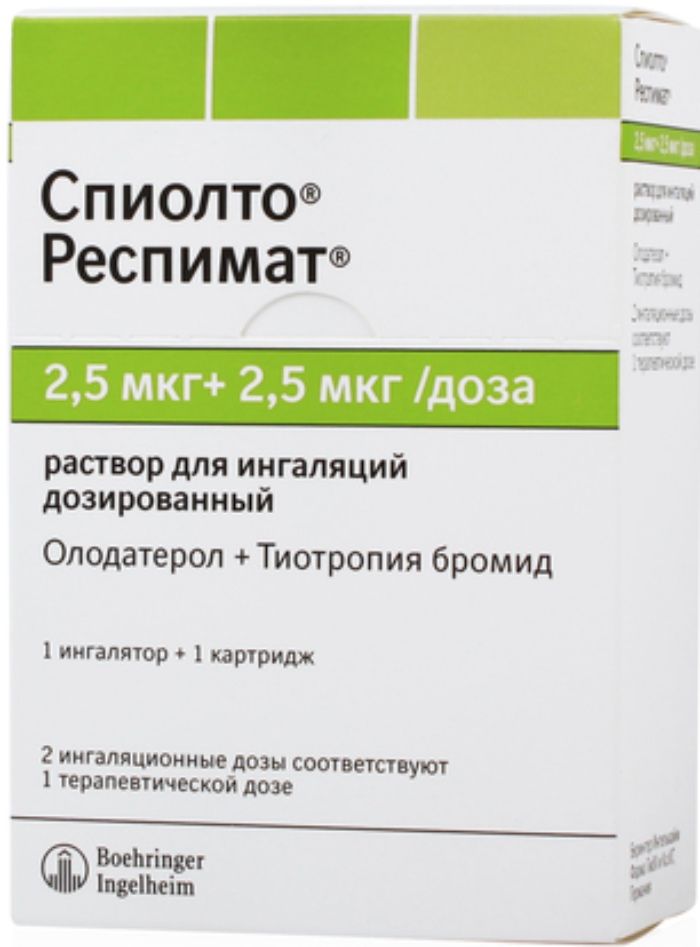


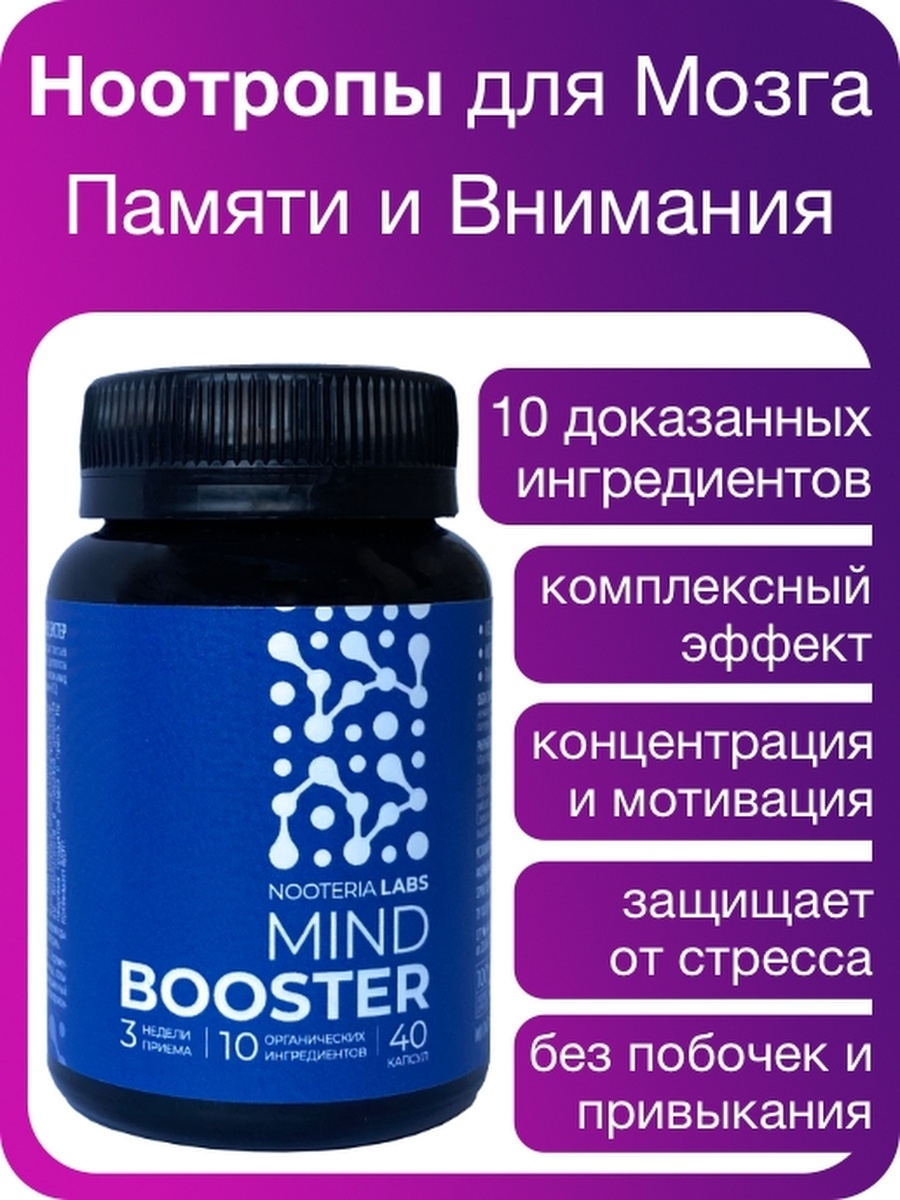
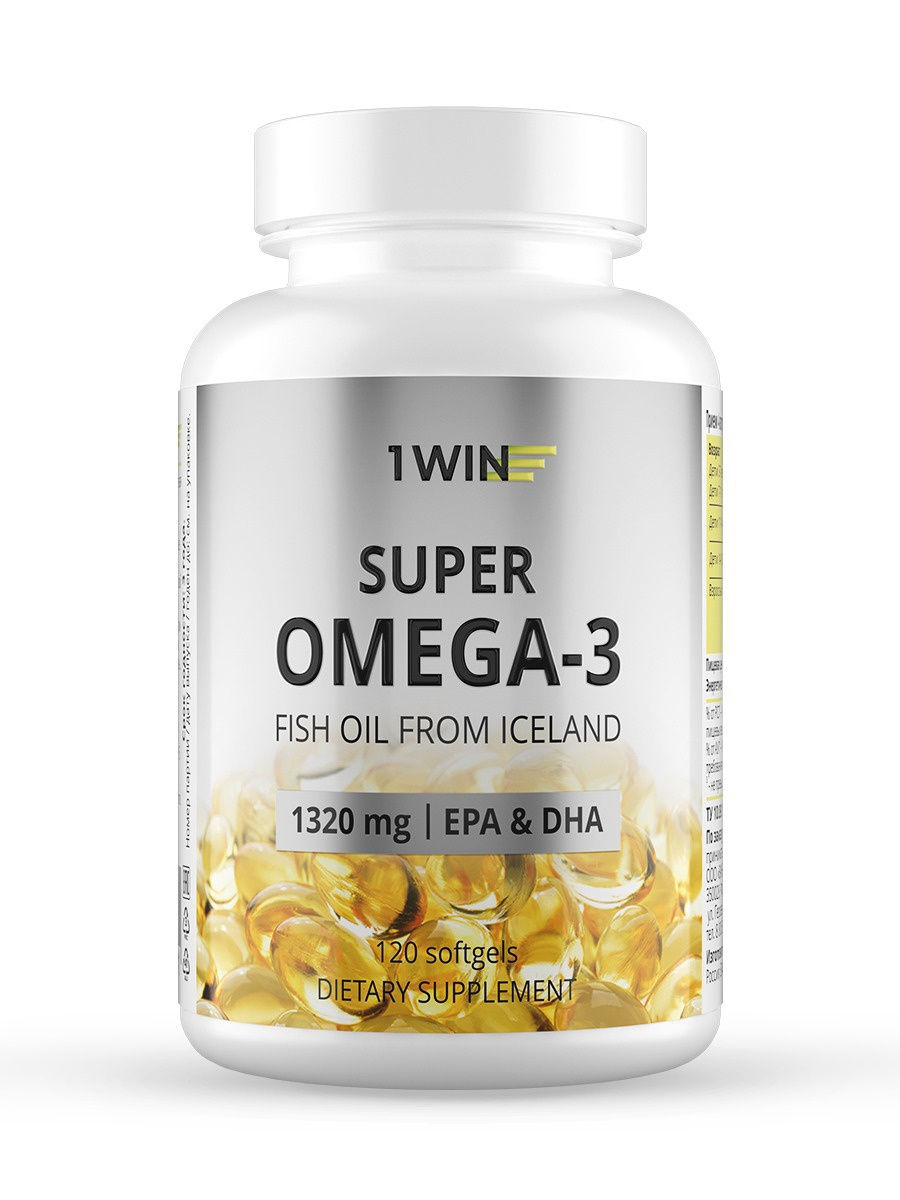
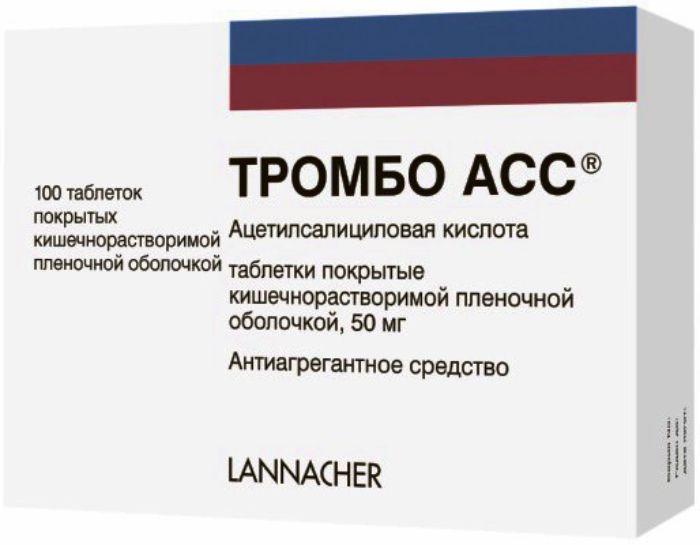
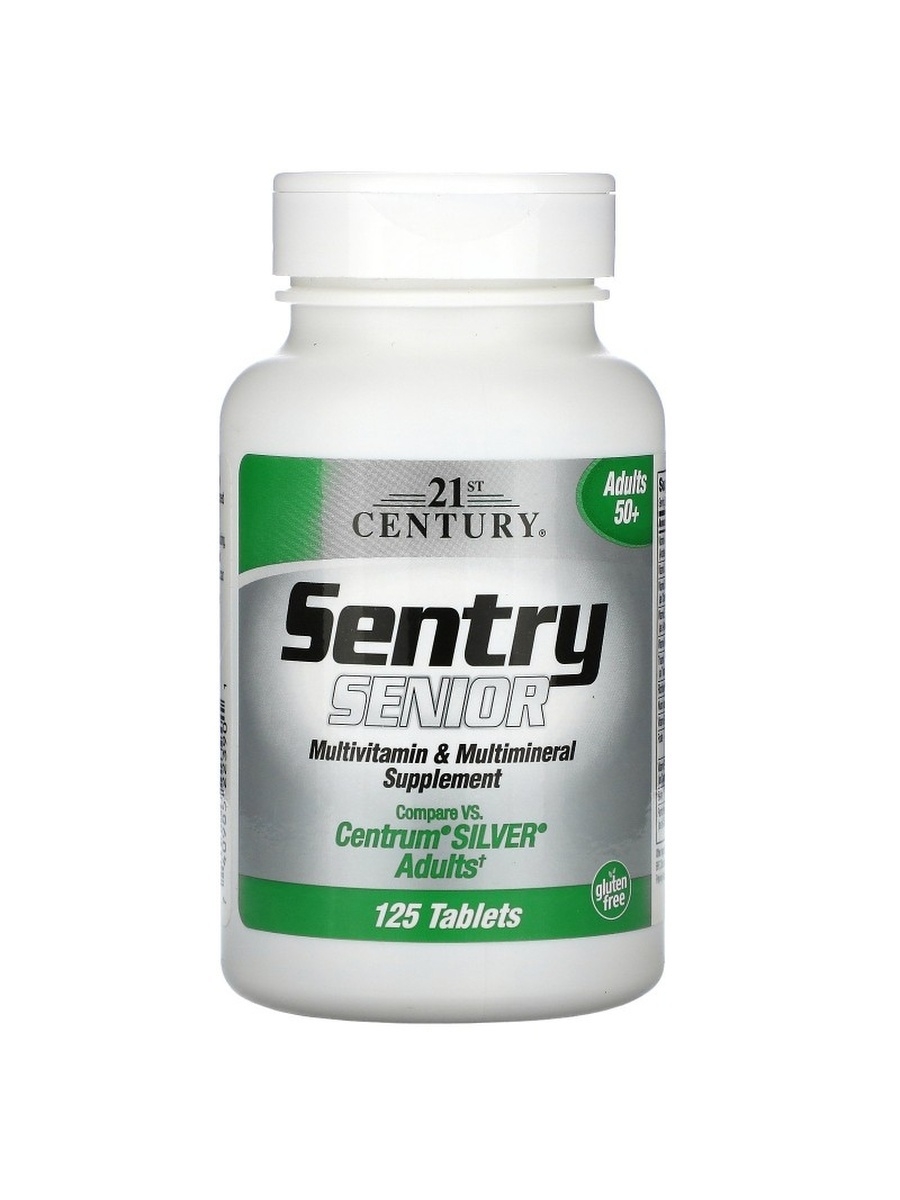




There are no reviews yet.